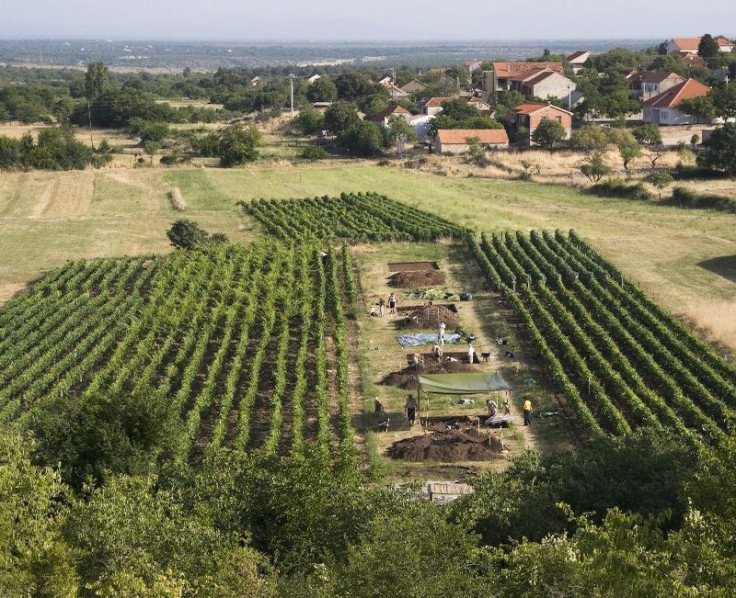Oldest Mediterranean Cheese From Over 7,000 Years Ago Found

A group of United States-based scientists discovered the oldest evidence of cheese in the Mediterranean, a find that provides more insight into the dietary choices and lives of early Neolithic populations living in the region.
The signs of cheese were found during an expedition to two ancient villages called Pokrovnik and Danilo Bitinj on the Dalmatian coast, east of the Adriatic Sea in Croatia.

As the sites hosted early farming populations between 6000BC and 4800BC, the team, which included scientists from Rochester Institute of Technology and Pennsylvania State University, decided to explore the region, hoping to find and study some archaeological artifacts from the same time period.
The work proved successful and the team got a chance to analyze several potsherds or left-over remnants of ancient pots, dishes, or other ceramic objects. Luckily, some of these broken pieces had traces of fatty acids from back in the day.
On analyzing stable carbon isotopes of the preserved fatty acids, the group came to the conclusion this was the earliest known evidence of cheese produced in the Mediterranean.
According to the researchers, the traces found in the latest study dated back to 5200BC, which means cheese was available more than 7,000 years ago. This, as they described, is more than 2,000 years older than the previous seen evidence in the region.
However, in comparison to evidence collected from European regions, the Croatian cheese is still pretty young. In fact, the earliest signs of cheese and milk in Europe were linked to the spread of agriculture, which started much earlier around 9,000 years ago.
That said, it is worth noting cheese wasn’t the only discovery from the two sites. The villages had potsherds from a range of pottery products and a close look at these pieces revealed traces of ancient milk, meat, and fish from the same time period (6000BC to 4800BC).
Noting these features, the researchers deduced the early residents – mostly farmers – of the area likely used different types of pottery products for preparing different food items.
For instance, the residue of cheese was commonly found on remnants of rhyta and sieves, indicating the vessels were functionally more suitable for the process of fermentation required for producing cheese.
Fermented dairy products, as the researchers posited, would have made an essential source of nutrition for all ages of the farming population. Being low in lactose content and easily storable, it would have reduced infant mortality and helped early farming communities expand into northern and central Europe
The study titled, "Fatty acid specific d13C values reveal earliest Mediterranean cheese production 7,200 years ago," was published Sept. 5 in the journal PLOS One.
© Copyright IBTimes 2025. All rights reserved.





















